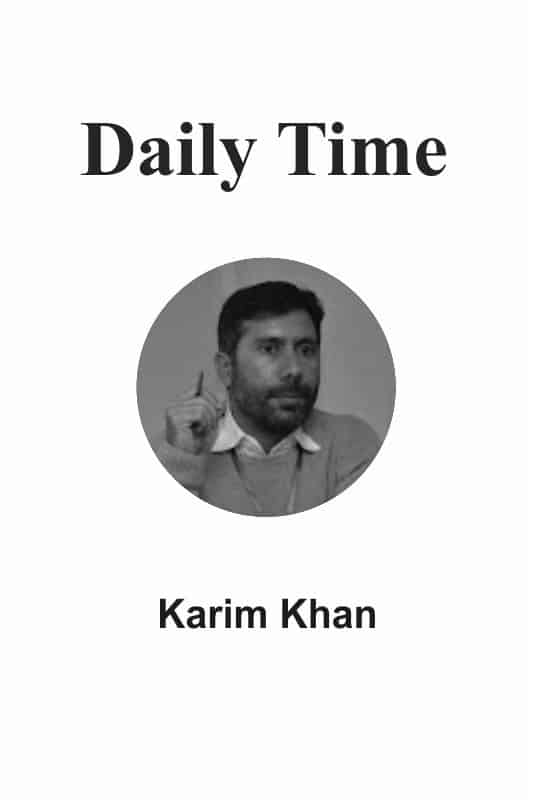
The road to violence in Pakistan: inefficient conflict resolution mechanism and less accountability
On December 11, 2019, a group of lawyers forced their way into Punjab Institute of Cardiology (PIC) in Lahore. The issue, according to some lawyers, was a humiliating video posted on social media by one of the doctors and some asserted that this was due to some previous conflict between some lawyers and doctors. Regardless, this group of “aggrieved” lawyers and their allies attacked the Institute, the “culprit” medical professionals worked in. They did massive property damage and worse than that they traumatised several patients and their attendants.This was not an issue of personal dispute but an illegal act. The group of lawyers attacked a hospital and terrorized patients. They are allegedly even responsible for some deaths. In the civilised world, these can be considered as acts of terrorism. Yet the underlying cause of such an approach towards conflict resolution remains incomprehensible. It is but one of some such events, where a group of individuals resorted to violence to get their point across. On December 12, two groups of students from International Islamic University (IIU), Islamabad clashed over some union event. This clash turned violent and led to a student’s death. The core issue remains trivial and reactions exaggerated. These two incidents are made even more poignant by the fact that the perpetrators are highly educated, middle-class individuals. This breaks the illusion that education is somehow a great moderator in the prevention of violent conflict. Another important aspect of this is the age group that predominantly perpetrates these activities. Various reports from Pakistan depict that a significant portion of violence is committed by male youth between the ages of 16 to 39 years. These two news stories reflect a dangerous mindset in the society. This mindset leads to the impulse to thwart debate and opposition through violence.Violence is not an admirable aspect of any society by any stretch of logic or argument. Most societies develop formal and informal institutions to prevent violence in case of conflict. Yet every culture fails to eradicate violence. What instinct of ours compels us to hurt another living thing?Early 19th century thinkers Gustav LeBon, Scipio Sighele and Gabriel Tarde believed that the perpetrators of mob violence are depicting irrational behaviour. LeBon states, “…by the mere fact that he forms part of an organised crowd, man descends several rungs in the ladder of civilisation. Isolated, he may be a cultivated individual; in a crowd, he is a barbarian.” If we are to prescribe to this view then collective behaviour is the opposite of institutional or routine behaviour. This view asserts that people who engage in collective violence may be quite as peaceful as individuals. However, even proximity to crowd activity undertaken by groups one identifies with instils a distinctive set of ends in an individual. These group-generated goals may or may not conform to social norms necessary to bring about order and prevent violence. Given the scenario, two questions arise here. Are these young educated individuals losing their bearing in the company of each other? Is the group-setting nullifying their more human individualistic tendencies? We would like to argue this is not the case. The reaction of these young people to adversity is a deep-seated response to institutions unresponsive to legitimate and peaceful discourse.Violence offers quick results and instant gratification with little cost. This makes violence a perfectly rational response to adversityA simple discussion with quite a few students is quite telling about the root of the problem. In clear words, violence offers quick results and instant gratification with little cost. This makes violence a perfectly rational response to adversity. One student activist explained that even their legitimate demands like availability of water in hostels or reasonable prices in the cafeteria or fair grading are met with indifference from the administration unless there is collective action like strikes or protests. Therefore, the message they receive as young adults is that “violence and coercion” works. That is not to say that proponents of irrationality are wrong, there is a sense for perceived legitimacy in perpetrating violence as part of the group, which would not exist in the inter-personal setting. This perceived legitimacy, however, arises from a very real failure of institutions meant for providing nonviolent discourse towards conflict resolution. Another instance of institutional failure is that violence of this sort yields results, without much accountability. This combined with a hostile political climate and uncertain economic prospects adds to the pressures and shared frustration faced by the young people.These circumstances establish a pattern of collective behaviour among young educated individuals even in their professional lives. The activities of young doctors and lawyers in the past few years are an outcome of this institutional failure. Once violence is established as the go-to strategy for achieving goals of the group then the legitimacy of the cause becomes a secondary consideration, as was the case with the incident at PIC.What is needed is an institutional recourse to a peaceful resolution of conflicts combined with prompt accountability for perpetrating violence regardless of the cause. Conflict resolution mechanism involves independent procedures or institutions that facilitate the peaceful ending of disputes or conflicts. In such procedures, the conflicting parties must have the confidence to ensure their efficacy. Likewise, adequate accountability defines ways and means to achieve justice and redress for victims, enforce the rule of law and deter future perpetration of violence. Thus, an efficient conflict resolution mechanism combined with adequate accountability is the only way to eradicate the rationalisation of violence as a viable response to adversity. Alternatively, we have to create a national discourse that does not glorify the effectiveness of collective violence in any shape or form, to ensure that incidents like the ones discussed do not happen.



